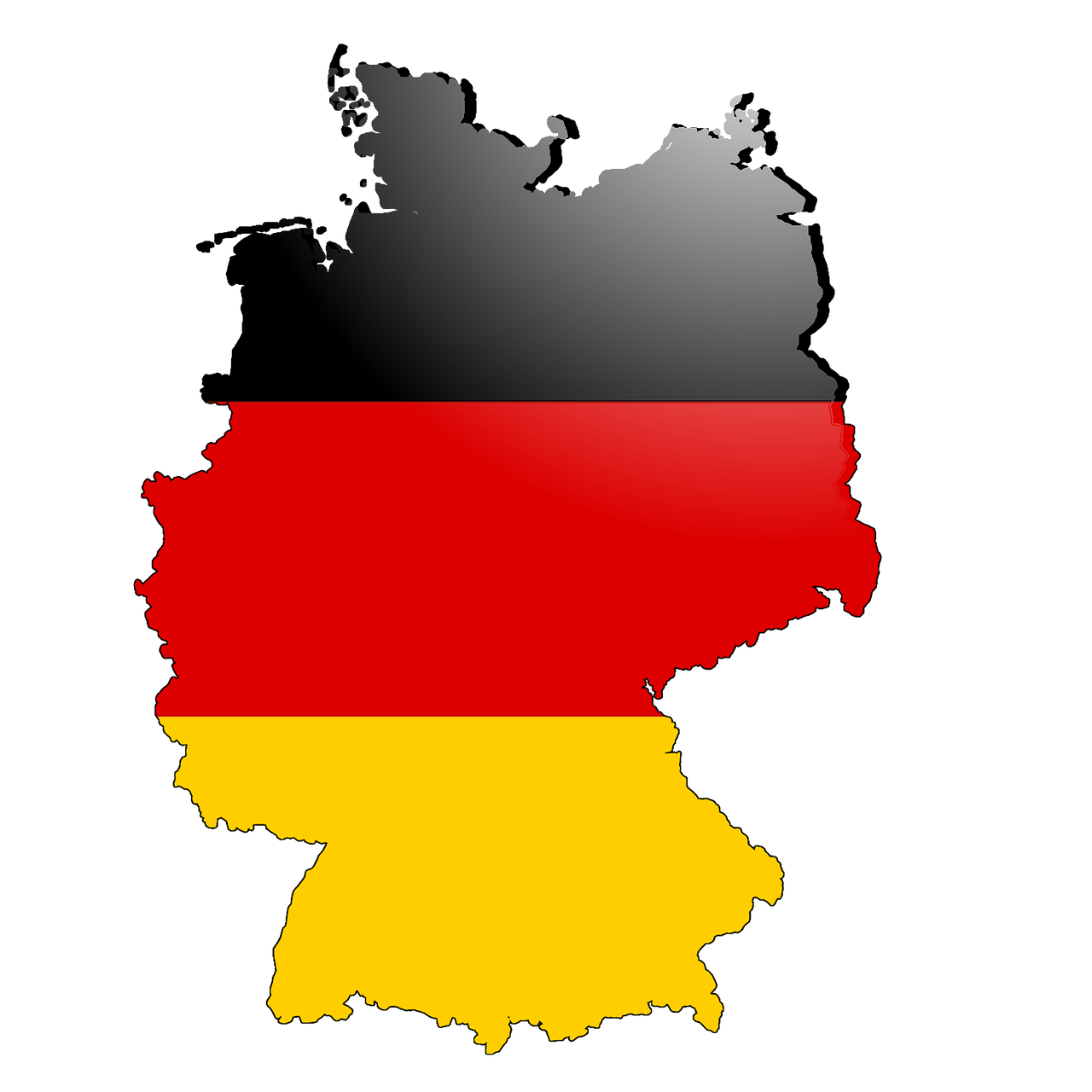In the mosaic of human communication, languages come in various forms, each with its unique beauty. Among these, sign languages stand as a testament to the adaptability and diversity of human expression. German Sign Language (Deutsche Gebärdensprache or DGS) is a profound example, offering a gateway to a vibrant and richly expressive world.
A Glimpse into History
The roots of German Sign Language trace back to the early 18th century when schools for the deaf were established in Germany. These schools became the breeding ground for the evolution of a unique sign language. DGS gradually evolved as a distinct language, independent of spoken German, developing its own grammar, syntax, and vocabulary.
Over the centuries, DGS underwent numerous transformations, influenced by regional variations and interactions among the deaf community. In 2002, DGS was officially recognized as a minority language in Germany, marking a crucial milestone in its acknowledgment and preservation.
The Community and Its Reach
With an estimated community of over 80,000 native signers in Germany, DGS serves as a primary mode of communication for many individuals within the deaf community. Moreover, its influence extends beyond national borders, sharing similarities with other European sign languages, such as Austrian Sign Language and Swiss German Sign Language.
Beyond the deaf community, interest in sign language has grown among the general populace, leading to an increased awareness and appreciation of DGS. Efforts to teach DGS in schools and universities have contributed to its recognition as a valuable linguistic asset.
Government Recognition and Support
Germany has made considerable strides in recognizing and supporting the rights of the deaf community. The recognition of DGS as a minority language was a pivotal moment, affirming its importance and fostering inclusivity. The government has taken steps to ensure accessibility by providing interpretation services in legal, educational, and public settings.
Additionally, initiatives aimed at promoting linguistic diversity have highlighted the significance of preserving and celebrating DGS as part of Germany’s cultural heritage. While progress has been made, ongoing efforts are crucial to further integrating DGS into various facets of society.
The Intricacies and Nuances
What makes DGS fascinating is its visual and spatial nature. It relies on hand movements, facial expressions, and body language to convey meaning. Each sign is a canvas, rich with nuances and depth, allowing for intricate expressions and emotions.
DGS is not a mere translation of spoken language; it is a language in its own right, with its grammatical structure and syntax. Its visual elements enable storytelling, enabling the transmission of complex ideas and concepts with remarkable clarity.
Beyond Language: Cultivating Understanding
Learning about DGS goes beyond linguistic curiosity; it fosters empathy and understanding. It provides a glimpse into the lived experiences of the deaf community, breaking barriers and promoting inclusivity. Embracing sign language is an act of acknowledging and celebrating diversity.
In conclusion, German Sign Language is not just a means of communication; it’s a testament to the resilience and richness of human expression. Its journey through history, the growing community of users, government support, and its intricate nature make it a fascinating linguistic landscape worth exploring. Embracing DGS is not just about learning a language; it’s about embracing a vibrant culture and fostering a more inclusive society.



